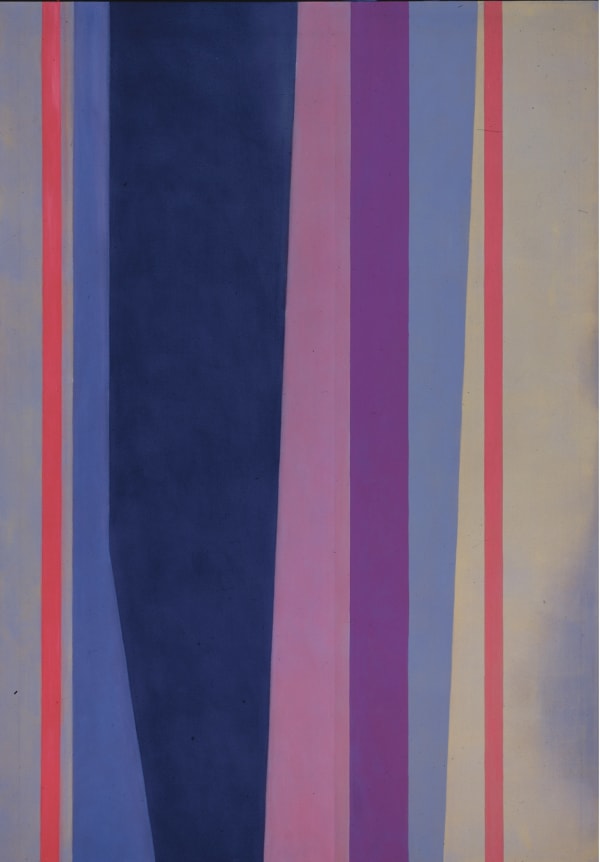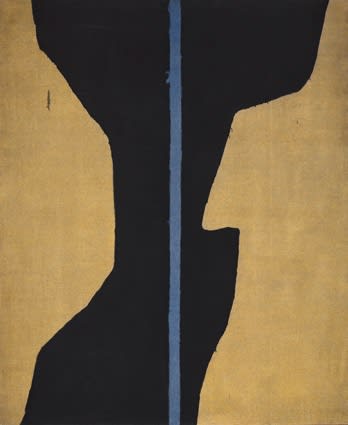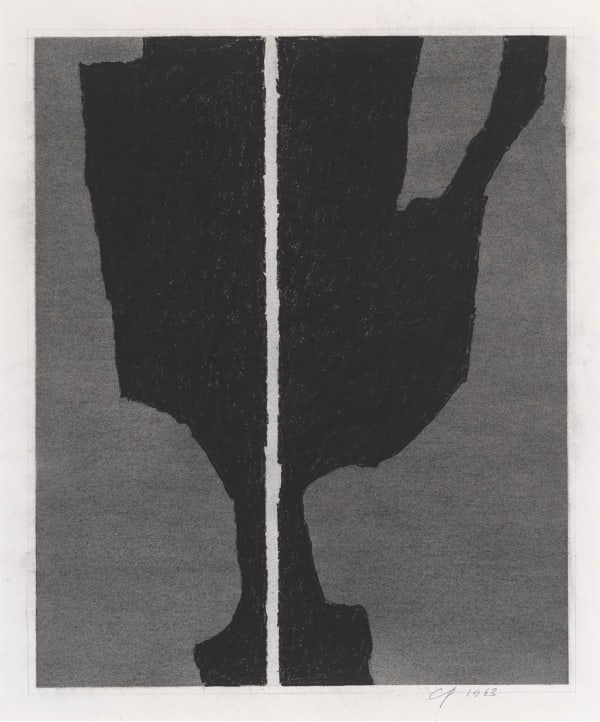Charles Pollock 1902-1988
“My work has always been about the rhythm of line and the resonance of color.”
Charles Pollock (1902–1988) was born in Denver, Colorado, the eldest of five brothers, including his younger brother Jackson Pollock. After early years in New York and Washington, D.C., he settled in Detroit in 1937. From 1942 to 1967 he taught design, printmaking, calligraphy, and typography at Michigan State University, where he established a department of fine printing using a Washington Hand Press.
His mural for the Fairchild Auditorium at Michigan State in 1945 marked a turning point, after which he began experimenting with abstraction. During a sabbatical in Mexico in 1955–56, he produced the Chapala Series, abstract works incorporating calligraphic forms inspired by the light and landscape of Lake Chapala. Between 1959 and 1962 he created the Black and Gray Series, monumental compositions of dark tonal contrasts he described as “elegies.” These were followed by the Black and Color Series, in which bright hues reemerged against somber grounds.
Further sabbaticals took him to Rome (1962–63) and later New York, where the NY Series explored constructivist color structures. In 1971 he moved to Paris, where he lived and worked for the last 17 years of his life, developing the Passim, Trace, and Cantus series, as well as late black-and-white drawings.
Pollock’s work is represented in major collections, including the Peggy Guggenheim Collection, Venice, which acquired Chapala 3 (1950), and institutions in the United States and Europe.




